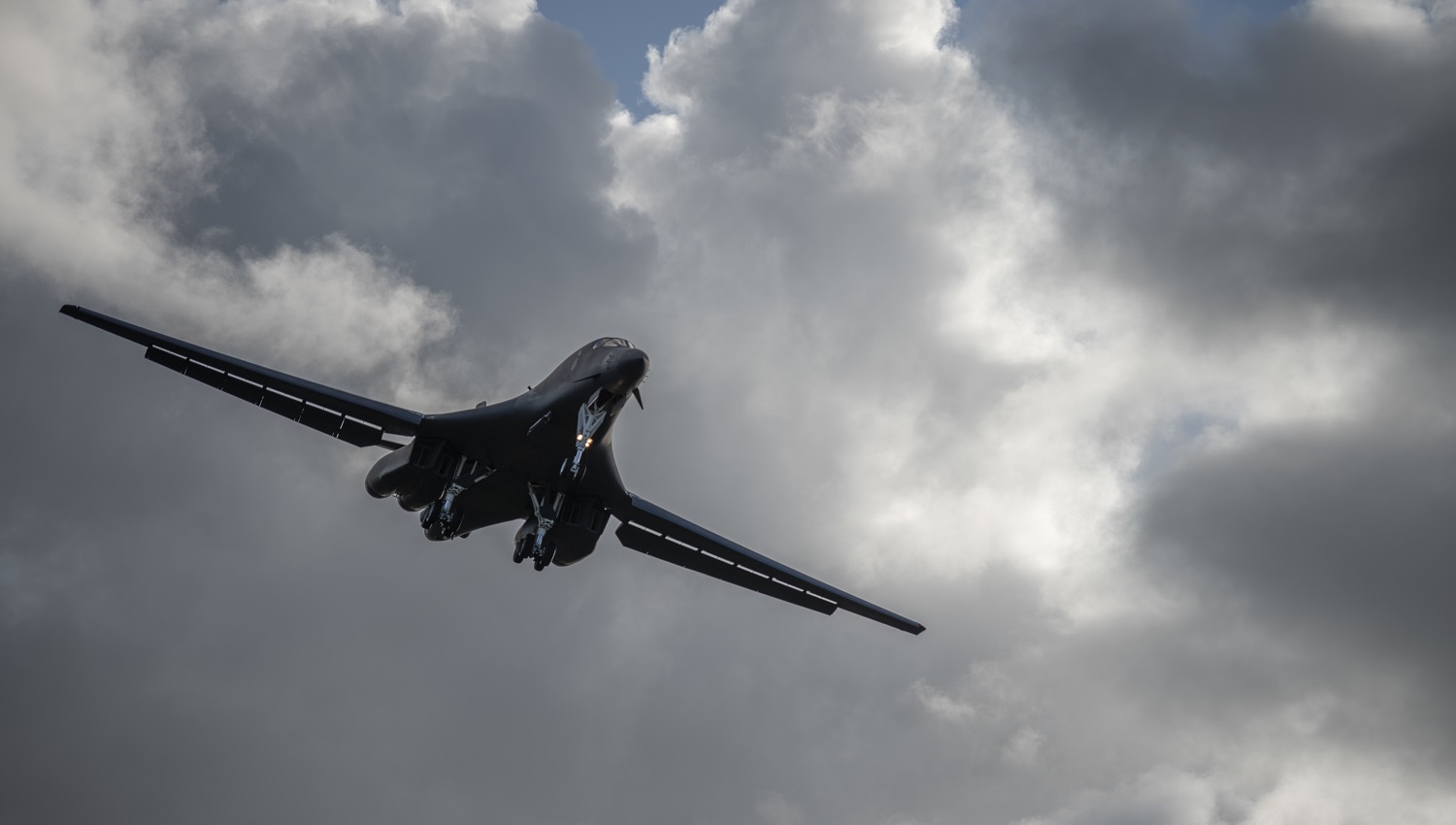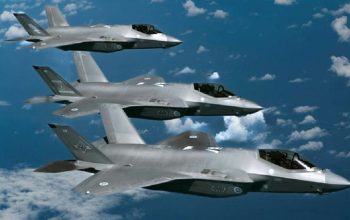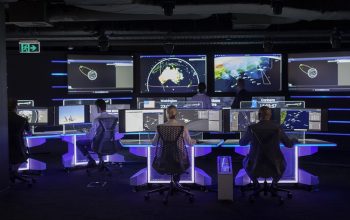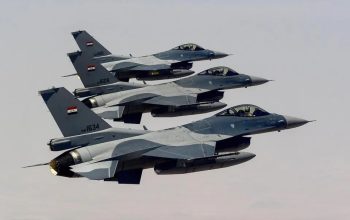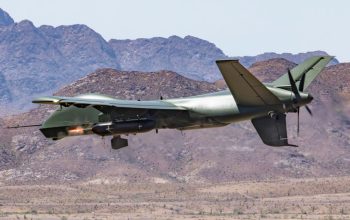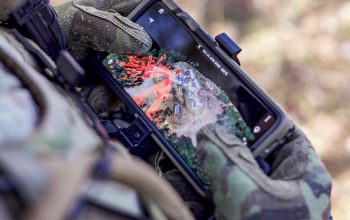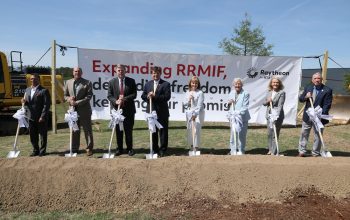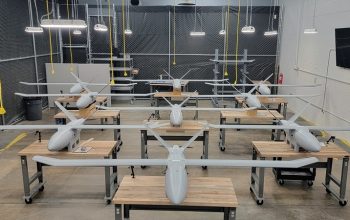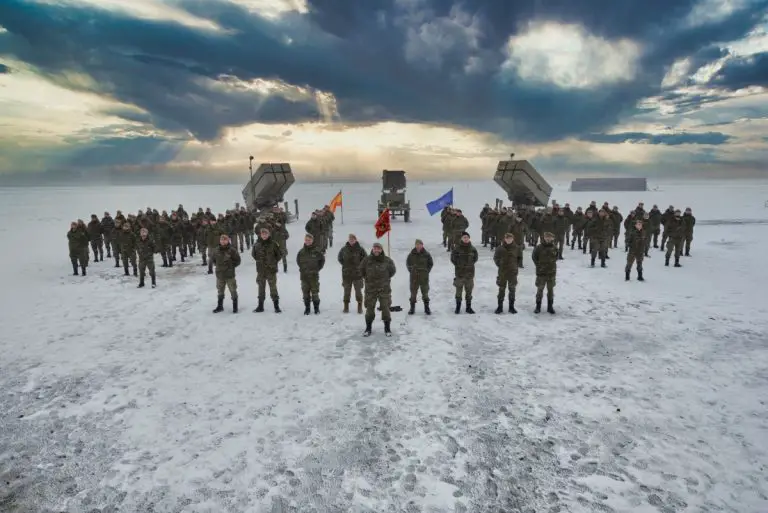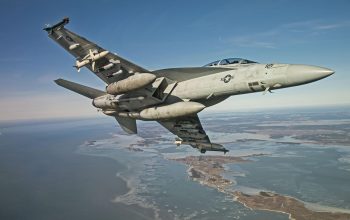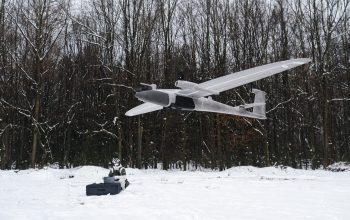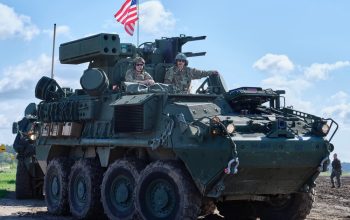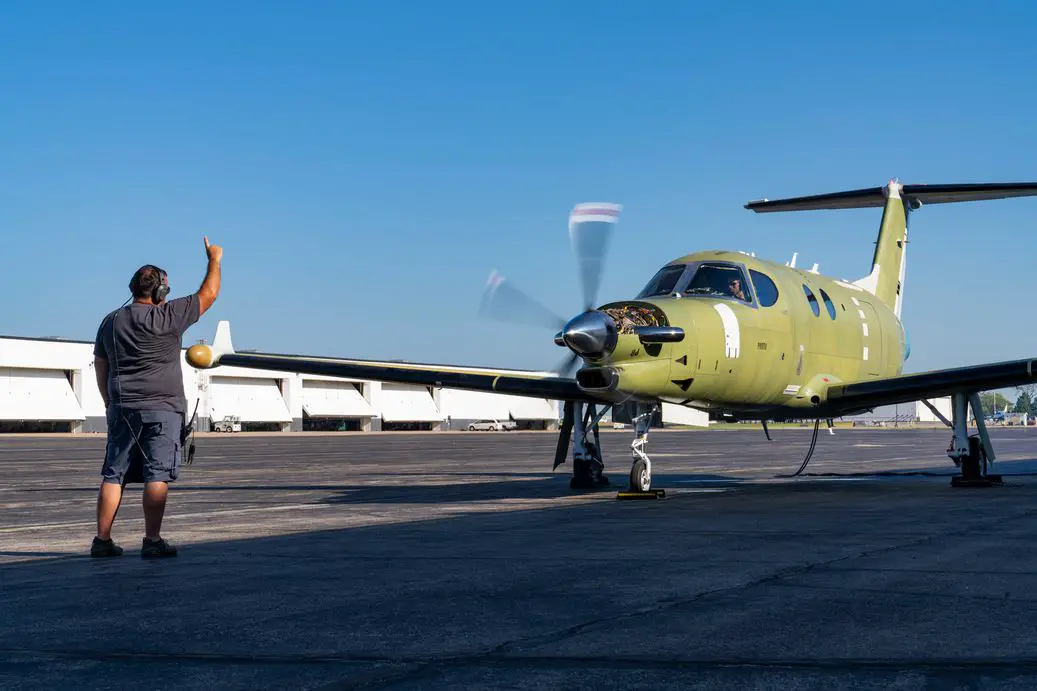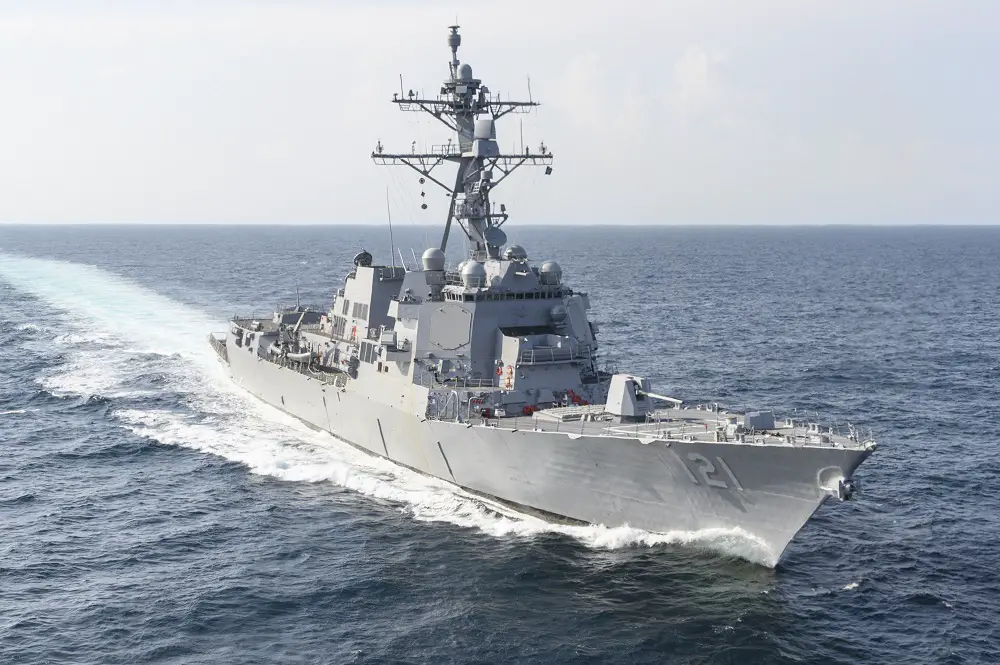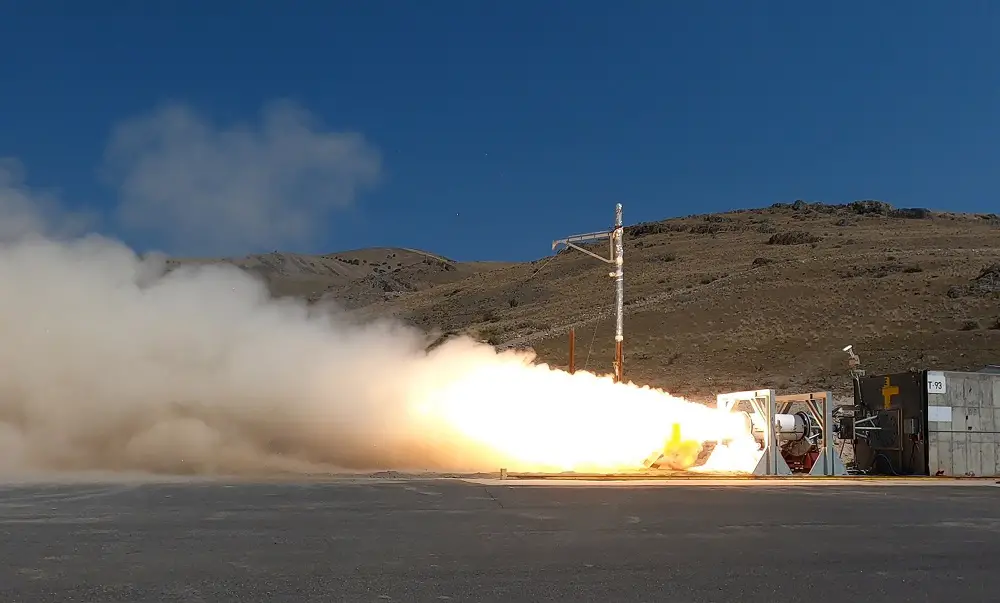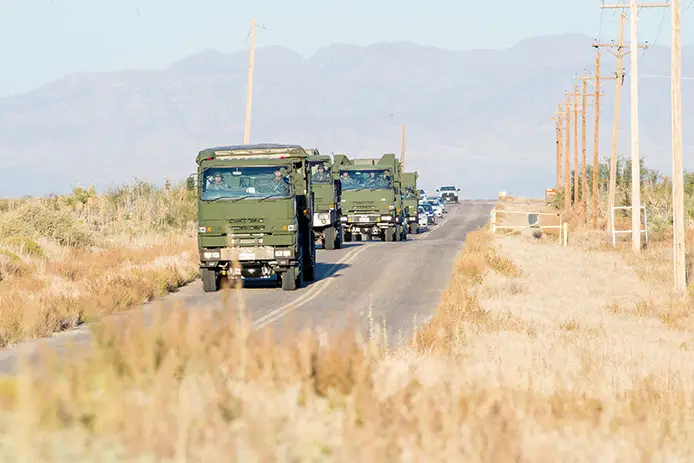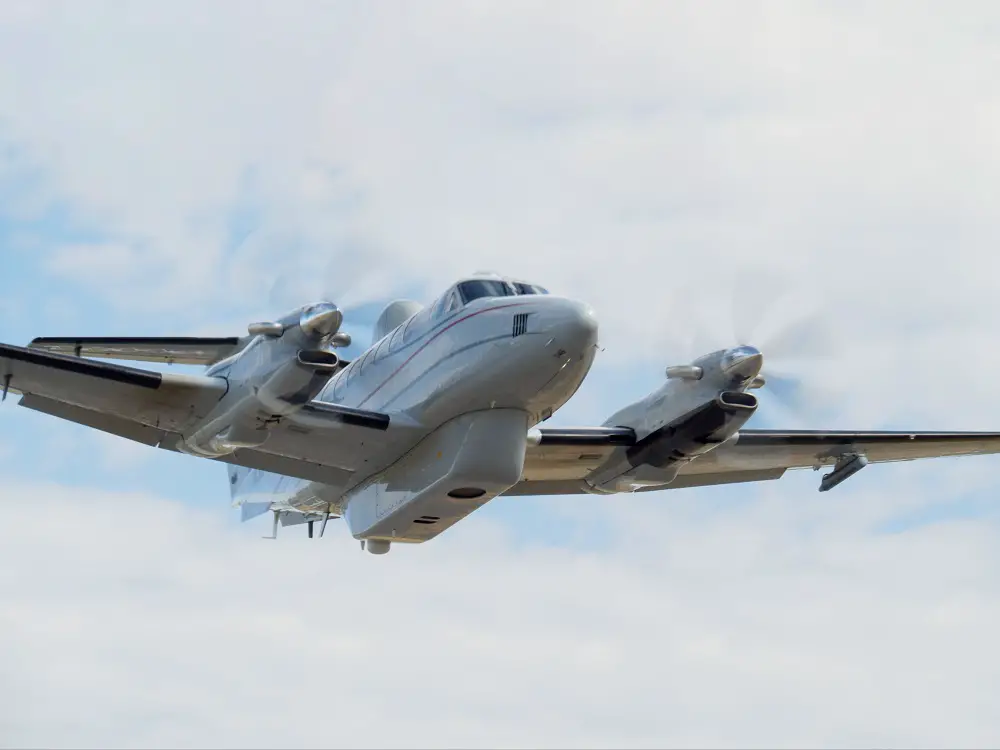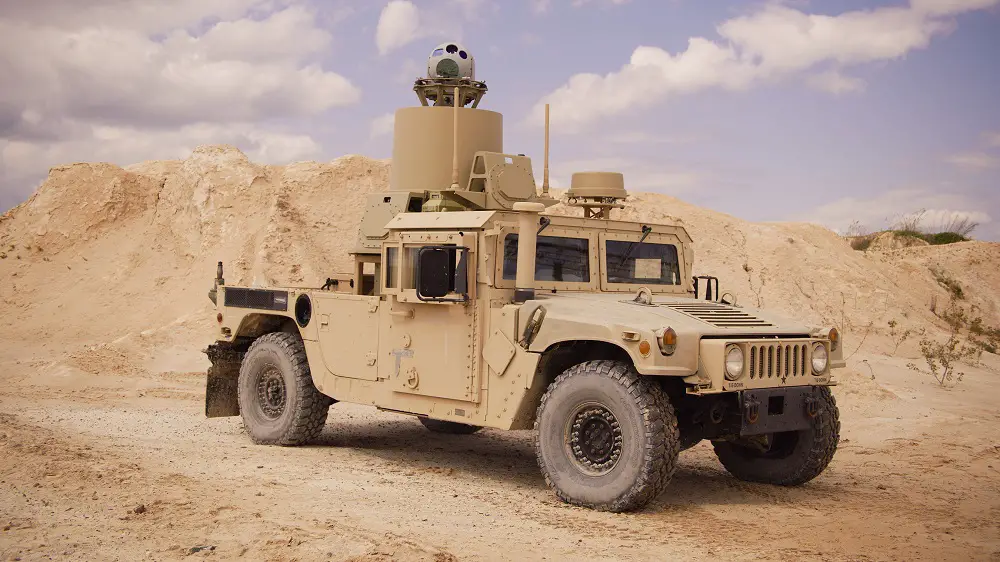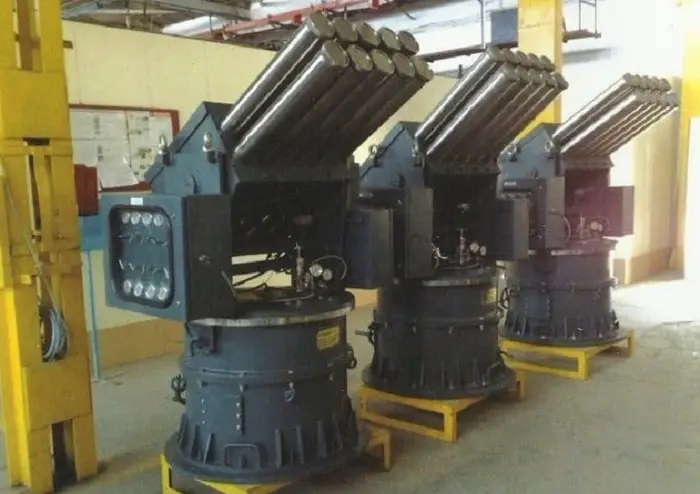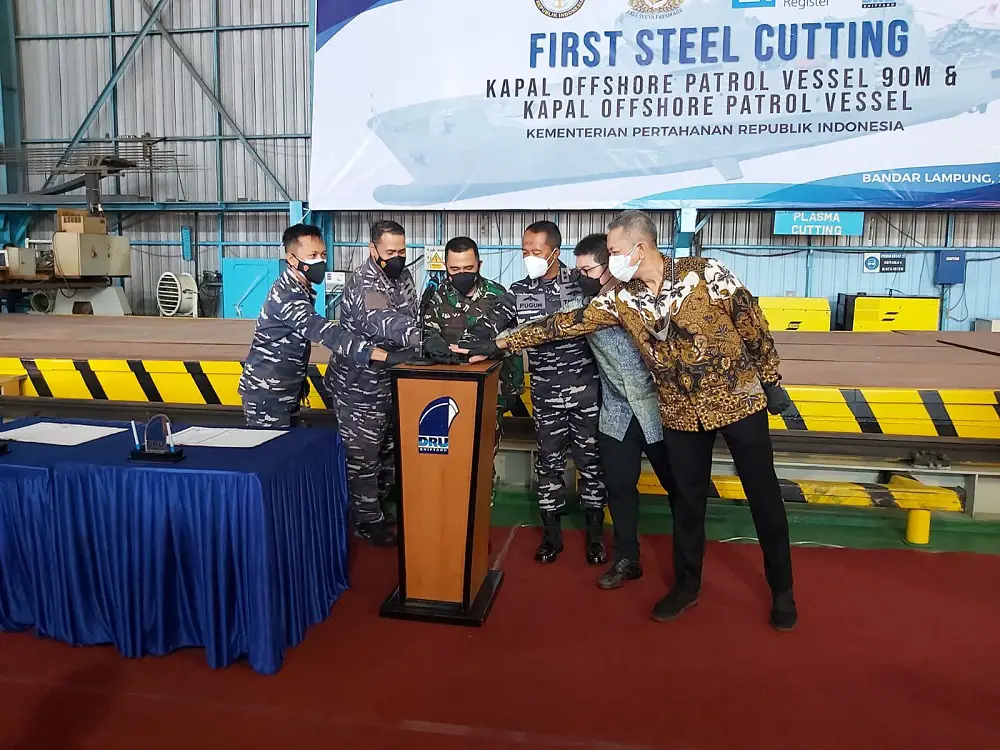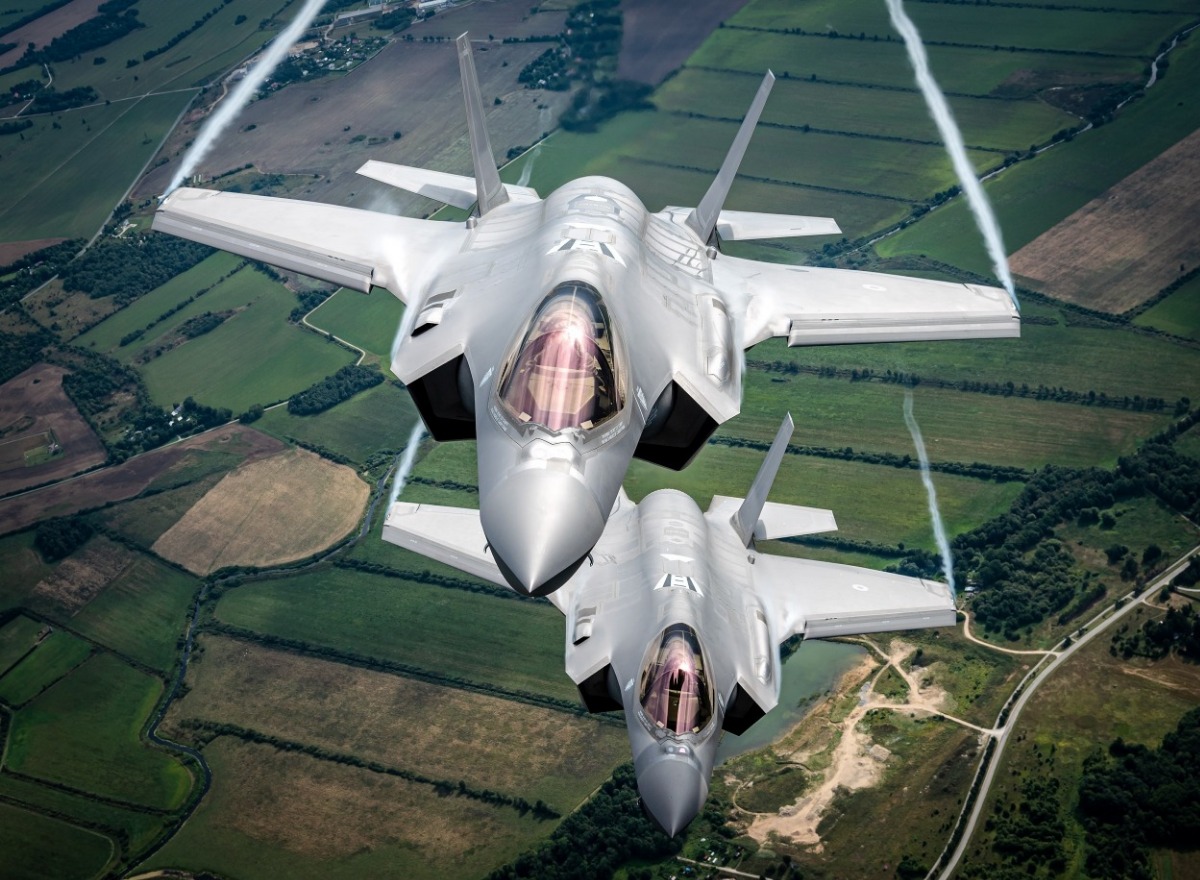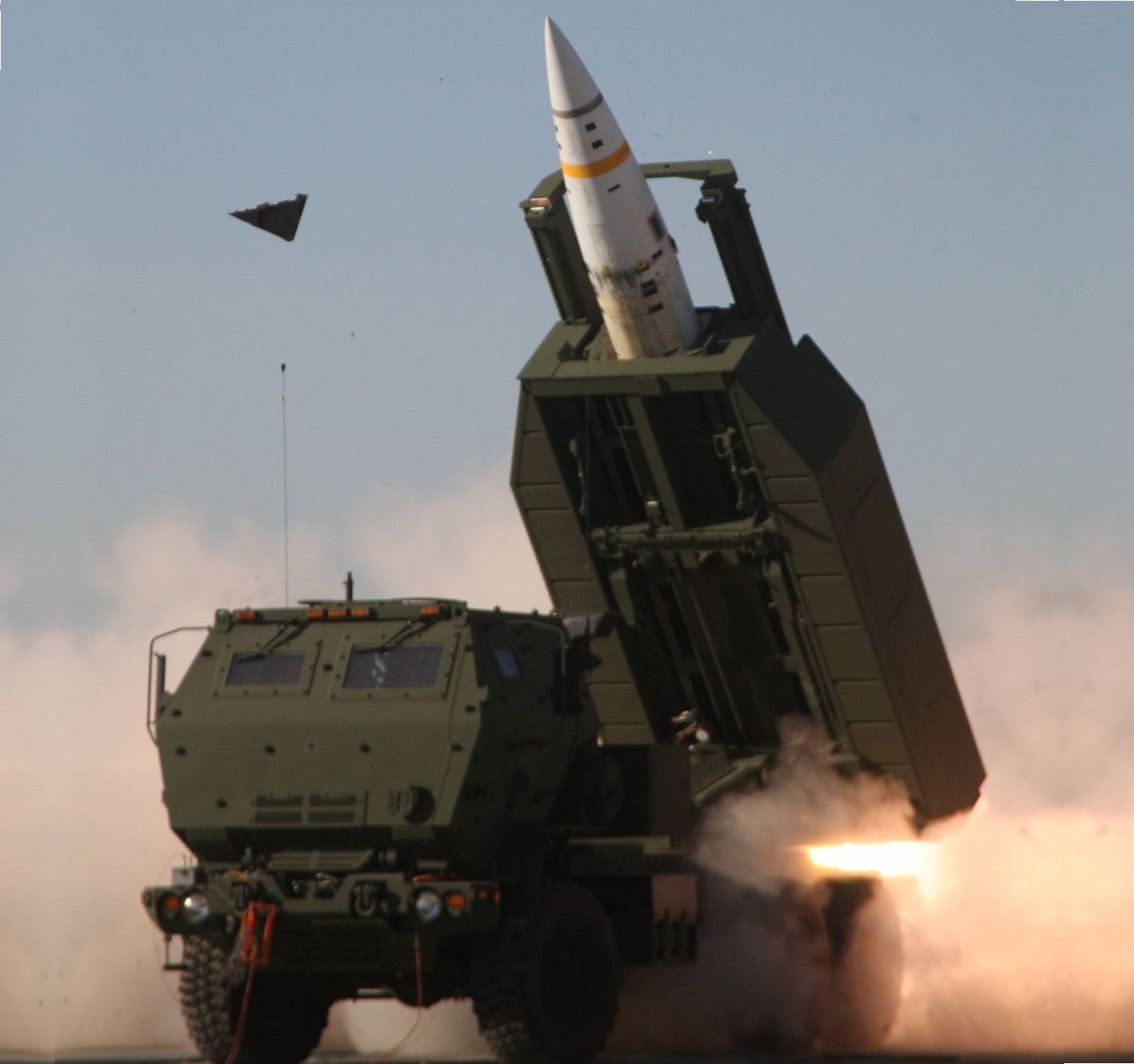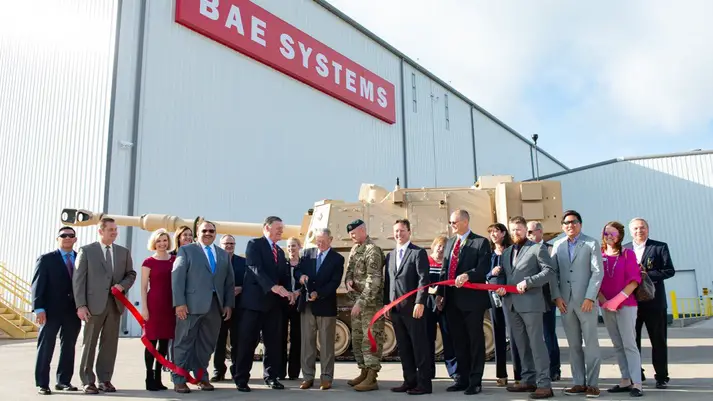The 9th EBS Expeditionary Bomb Squadron with B-1B Lancer Supersonic strategic heavy bomber lands at Andersen Air Force Base, Guam, May 14, 2020, after completing a training mission in the East China Sea. Four bombers and approximately 200 Airmen from the 9th Bomb Squadron, 7th Bomb Wing, Dyess Air Force Base, Texas, deployed to support Pacific Air Forces’ training efforts with allies, partners and joint forces; and strategic deterrence missions to reinforce the rules-based international order in the Indo-Pacific region. Three B-1Bs flew to Andersen AFB while one split off and flew down east of Japan to conduct training with U.S. Navy assets operating in the region before heading to Andersen AFB.
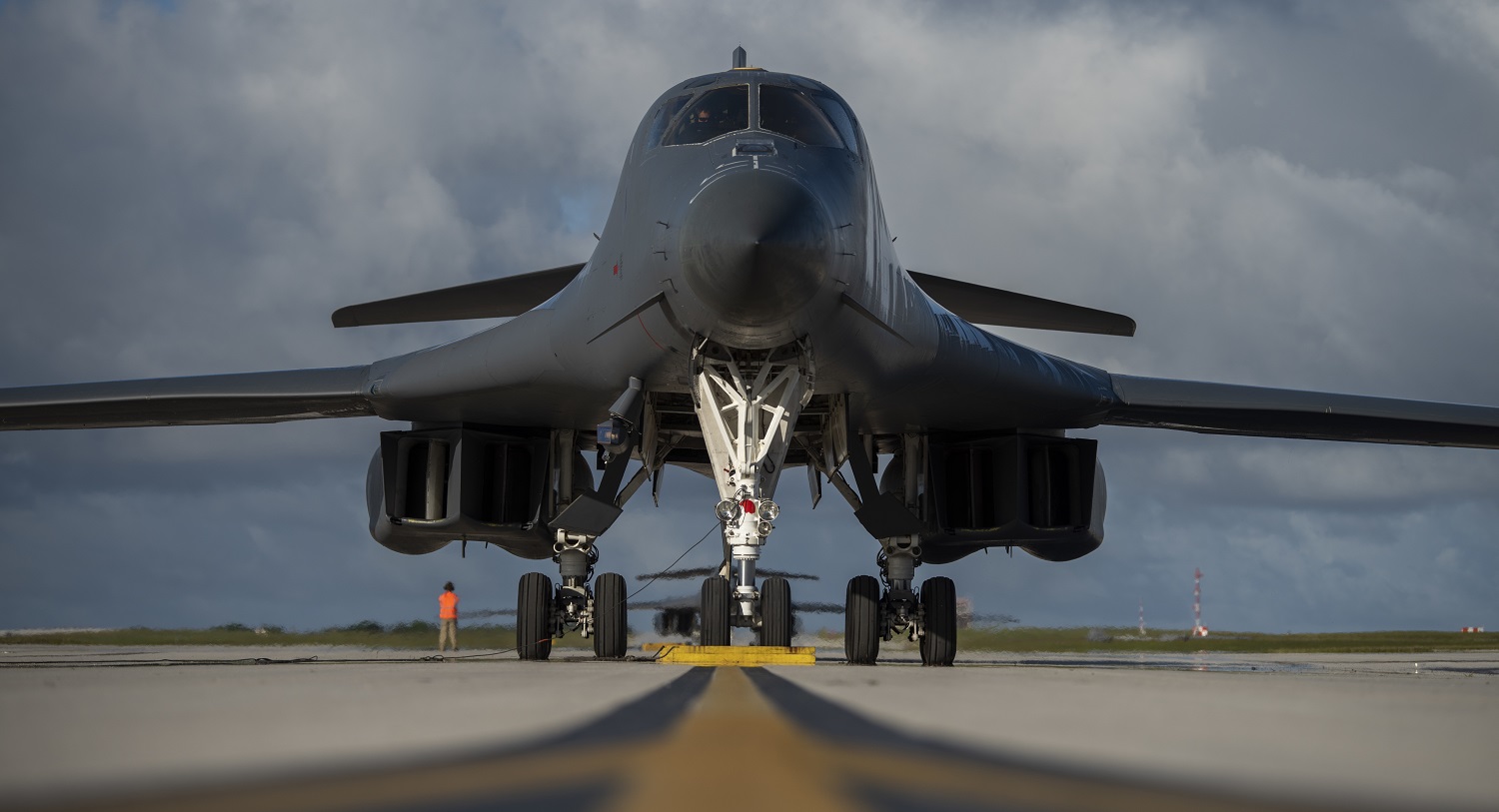
In line with the National Defense Strategy’s objectives of strategic predictability and operational unpredictability, the Bomber Task Force enables a mix of different types of strategic bombers to operate forward in the Indo-Pacific region from a broader array of overseas and Continental U.S. locations with greater operational resilience. The B-1 can carry the largest conventional payload of both guided and unguided weapons in the U.S. Air Force. The last time the B-1s were deployed to the region was in 2017. Bombers from the 9th Expeditionary Bomb Squadron supported missions from Andersen AFB, conducting multiple sequenced bilateral missions with the Republic of Korea Air Force and the Japan Air Self Defense Force.
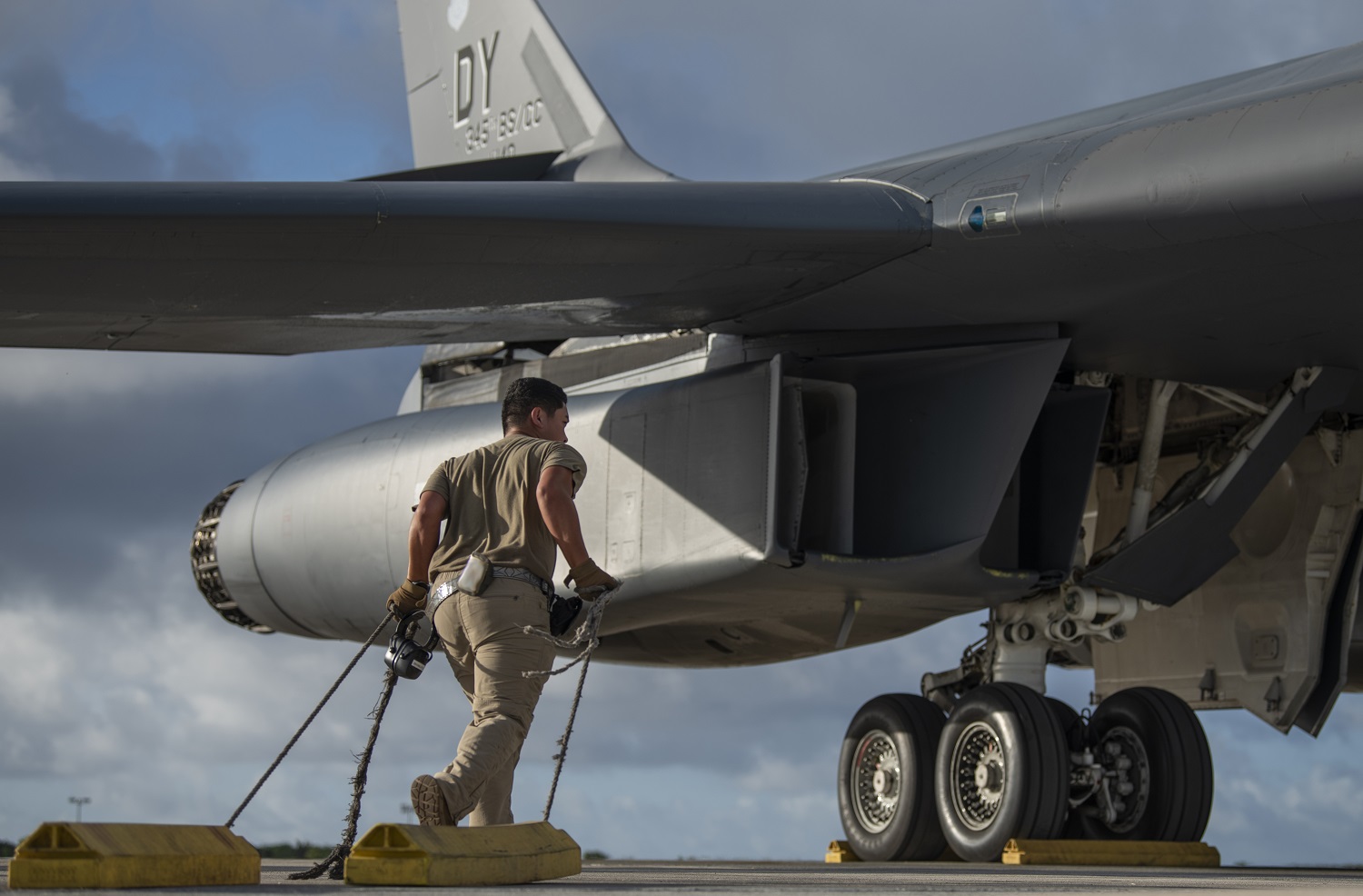
The Rockwell B-1 Lancer is a supersonic variable-sweep wing, heavy bomber used by the United States Air Force. It is commonly called the “Bone” (from “B-One”). It is one of three strategic bombers in the U.S. Air Force fleet as of 2020, the other two being the B-2 Spirit and the B-52 Stratofortress. The B-1 was first envisioned in the 1960s as a platform that would combine the Mach 2 speed of the B-58 Hustler with the range and payload of the B-52, and was meant to ultimately replace both bombers. After a long series of studies, Rockwell International (now part of Boeing) won the design contest for what emerged as the B-1A.
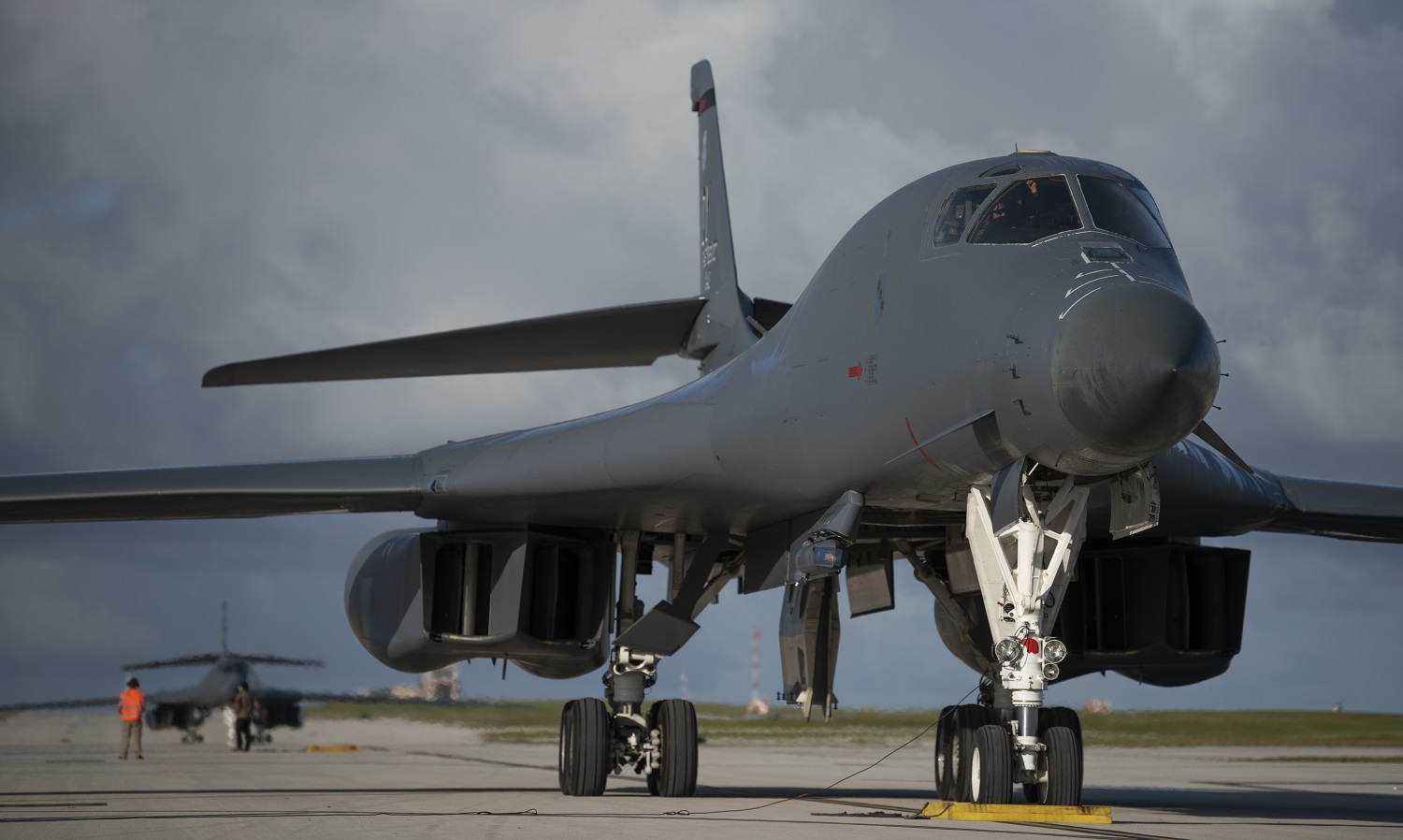
The B-1B, which differed from the B-1A by having a lower top speed at high altitude of Mach 1.25, but improved low-altitude performance of Mach 0.96. The electronics were also extensively improved during the redesign, and the airframe was improved to allow takeoff with the maximum possible fuel and weapons load. The B-1B began deliveries in 1986 and formally entered service with Strategic Air Command (SAC) as a nuclear bomber in that same year. By 1988, all 100 aircraft had been delivered. The B-1B is expected to continue to serve into the 2030s, with the Northrop Grumman B-21 Raider to begin replacing the B-1B after 2025. The B-1s in inventory are planned to be retired by 2036.
